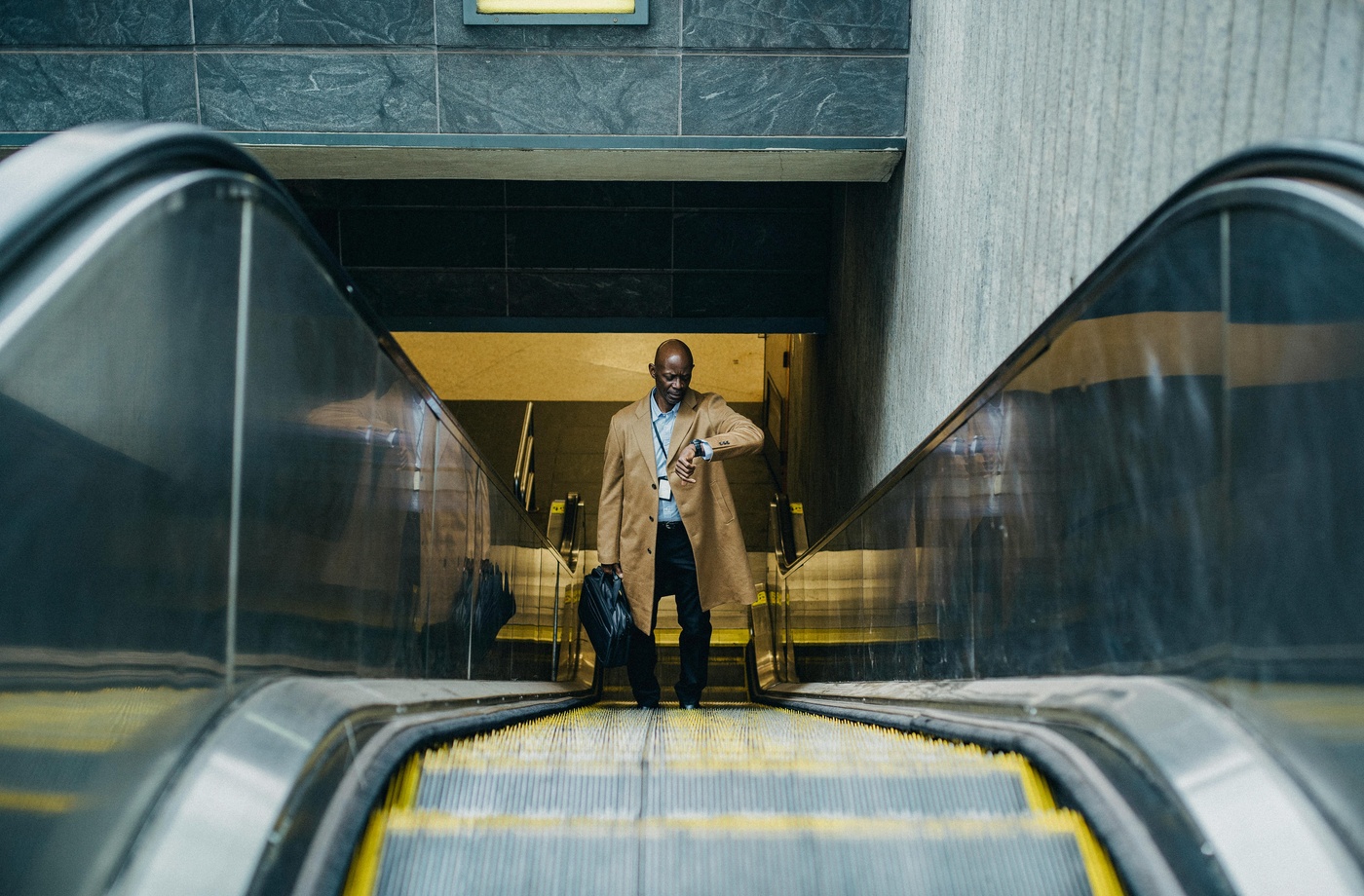A dream trip can quickly turn into financial stress if you don’t have a plan. Building a travel budget isn’t just about cutting costs—it’s about spending with intention. A solid budget allows you to prioritize experiences, avoid surprises, and travel longer or more often. Here’s how to create a travel budget that works, from planning to spending on the road.
- Start With the Big Picture
Before diving into spreadsheets, outline your trip’s basic parameters:
- Destination(s)
- Travel dates
- Trip length
- Travel style (budget, mid-range, luxury)
Then research the average daily cost in your destination. Use tools like Budget Your Trip or Numbeo to estimate expenses for food, transportation, and lodging in specific cities.
- Break Down Major Expense Categories
A travel budget typically includes:
- Flights and transportation
- Accommodations
- Food and dining
- Activities and tours
- Local transport
- Travel insurance
- Souvenirs and extras
Add a 10–15% buffer for unexpected costs or emergencies.
- Use Budgeting Apps to Stay on Track
Digital tools help you organize expenses before and during your trip.
- Trail Wallet is built for travelers, allowing real-time expense tracking
- Mint and YNAB can help manage your overall finances
- Set daily spending limits to make your money last
- Book Smarter With Cashback Apps
One of the easiest ways to reduce upfront costs is by using cashback platforms for gift cards and bookings. You can earn cashback with a Hotels.com gift card, get rewards with a Airbnb gift card, or earn cashback with a Uber gift card for airport transfers and city travel.
Apps like Fluz, Rakuten, and Ibotta allow you to earn cashback on the things you’re already planning to purchase—just with less money leaving your wallet.
- Save on Flights and Accommodations
- Use Google Flights, Skyscanner, or Hopper to track and book cheap flights
- For lodging, try long-term Airbnb rentals or Booking.com for guesthouses and apartments
- Consider alternative options like house sitting with TrustedHousesitters
- Reduce Daily Spending With Local Habits
Living like a local can drastically cut expenses:
- Shop at markets instead of tourist restaurants
- Use public transportation or walk
- Avoid overpriced tours—book directly with local guides or use platforms like GuruWalk
- Build in Flex Days and Costs
Flight delays, weather changes, or itinerary shifts can affect your budget. Set aside a contingency fund for last-minute costs like extra lodging or activity changes. It’s better to return home with money left over than to come up short.
- Track as You Go
Keep a simple running log of what you spend each day. This keeps your spending conscious and helps you make quick adjustments.
If you’re abroad, be mindful of foreign transaction fees. Use travel-friendly debit cards like Charles Schwab or digital wallets like Wise to avoid extra charges.
Final Thoughts
A well-planned travel budget gives you control, flexibility, and peace of mind. Combine smart tracking tools with cashback strategies and thoughtful spending, and you’ll be able to stretch your travel funds much farther than you thought possible.



